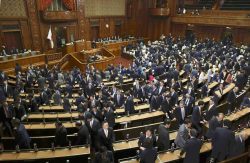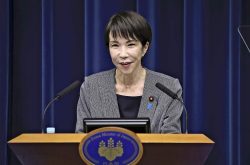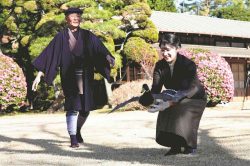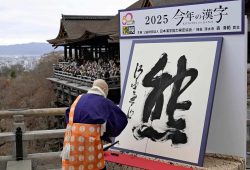How Japan Appoints a Prime Minister After Lower House Election; Will a Runoff Vote be Needed Without a Ruling Majority?
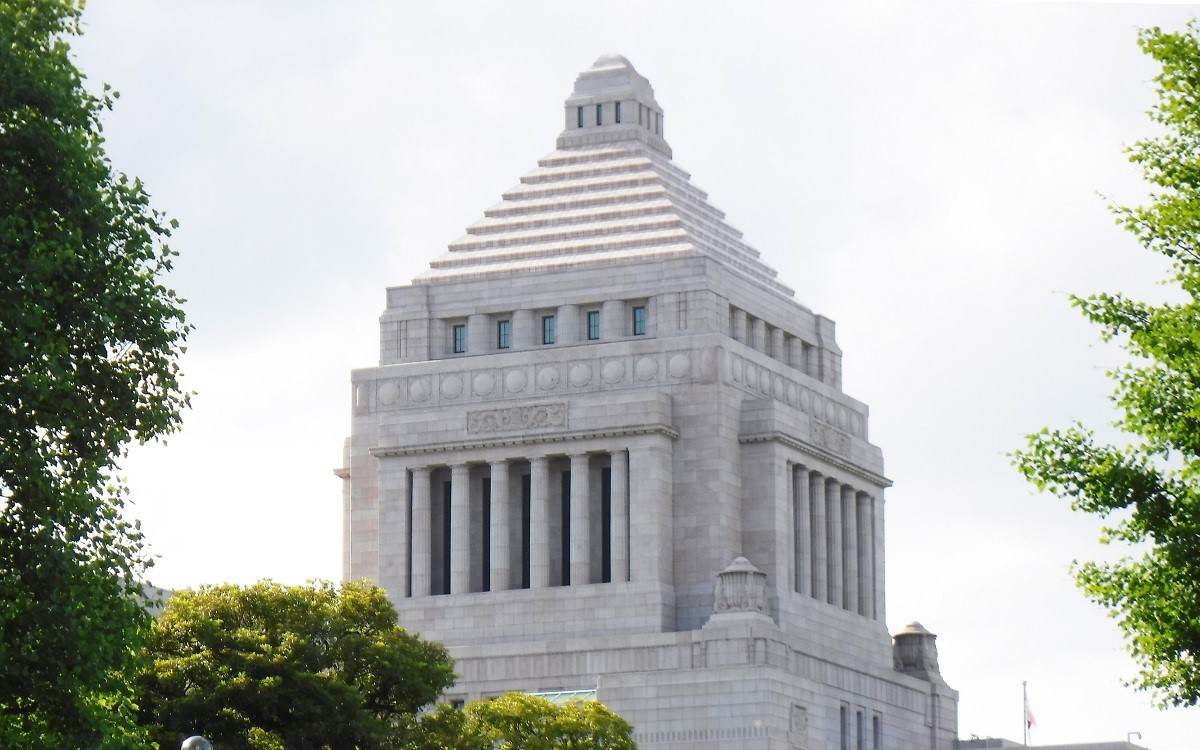
The National Diet Building
13:14 JST, October 28, 2024
After a House of Representatives election, a Prime Minister is appointed in a scheduled special Diet session through an election among members of the House of Representatives and an election among members of the House of Councillors. In these appointment elections, members vote for the leaders of their affiliated party or coalition.
Typically, if the ruling party holds a majority, the Prime Minister is decided in the first round of voting.
The rule of the House of Representatives states that if no candidate obtains a majority in the initial vote, a runoff will be conducted between the top two candidates. There have been four instances of runoff elections in the lower house.
For example, in 1979, due to a power struggle within the Liberal Democratic Party, a runoff was held between Masayoshi Ohira and Takeo Fukuda, with Ohira winning by a margin of 17 votes. In 1994, a contest was held between Tomiichi Murayama — backed by the LDP, the Japan Socialist Party, and the New Party Sakigake — and Toshiki Kaifu — supported by the Japan Renewal Party and Komeito — resulting in Murayama’s victory.
If the appointments by the House of Representatives and the House of Councillors differ, a joint committee is convened. If the two houses still cannot agree, the Constitution stipulates that the House of Representatives’ choice takes precedence.
"Politics" POPULAR ARTICLE
-

Japan to Support Central Asian Logistics Route That Bypasses Russia, Plan to Be Part of Upcoming Summit in Tokyo
-

Japan to Tighten Screening of Foreigners’ Residential Status by Providing Information of Nonpayment of Taxes
-

Takaichi Cabinet Approval Holds at 72% as Voters Back Aggressive Fiscal Stimulus, Child Benefits
-

Chinese, Russian Bombers Flew Unusual Path by Heading Toward Tokyo; Move Likely Meant to Intimidate Japan
-

Takaichi Meets Many World Leaders at G20 Debut in Johannesburg; Speaks with Heads of Countries Including Italy, U.K., Germany, India
JN ACCESS RANKING
-

Keidanren Chairman Yoshinobu Tsutsui Visits Kashiwazaki-Kariwa Nuclear Power Plant; Inspects New Emergency Safety System
-

Imports of Rare Earths from China Facing Delays, May Be Caused by Deterioration of Japan-China Relations
-

Japan Exports Rise in October as Slump in U.S. Sales Eases
-

Japan Pulls out of Vietnam Nuclear Project, Complicating Hanoi’s Power Plans
-

Govt Aims to Expand NISA Program Lineup, Abolish Age Restriction


